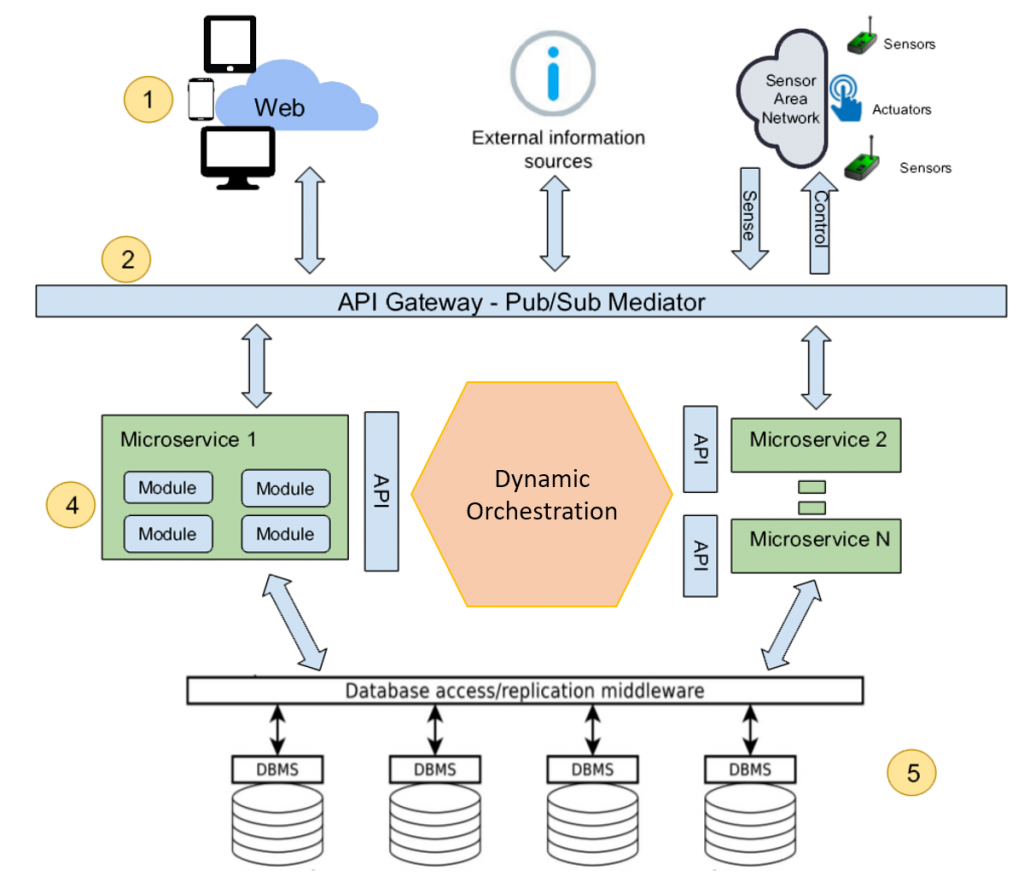Containerization applied to the experimentation and evaluation of microservices architectures, and dynamic orchestration solutions
Department of Mathematics of the University of Padua At the Department of Mathematics, the people I work with are interested in containerization applied to the experimentation and evaluation of microservices architectures, as well as dynamic orchestration solutions. On the first front, at CloudVeneto, we have generally found the environment and technological tools of the OpenStack ecosystem to be adequate and sufficient. On the second front, we are still taking our first steps, but we will soon need to compare different state-of-the-art orchestration solutions and subject them to various load scenarios to evaluate their effectiveness in programming rules and actions for elastic reconfiguration. Prof. Tullio Vardanega








